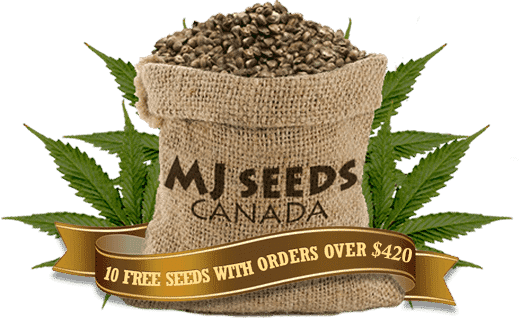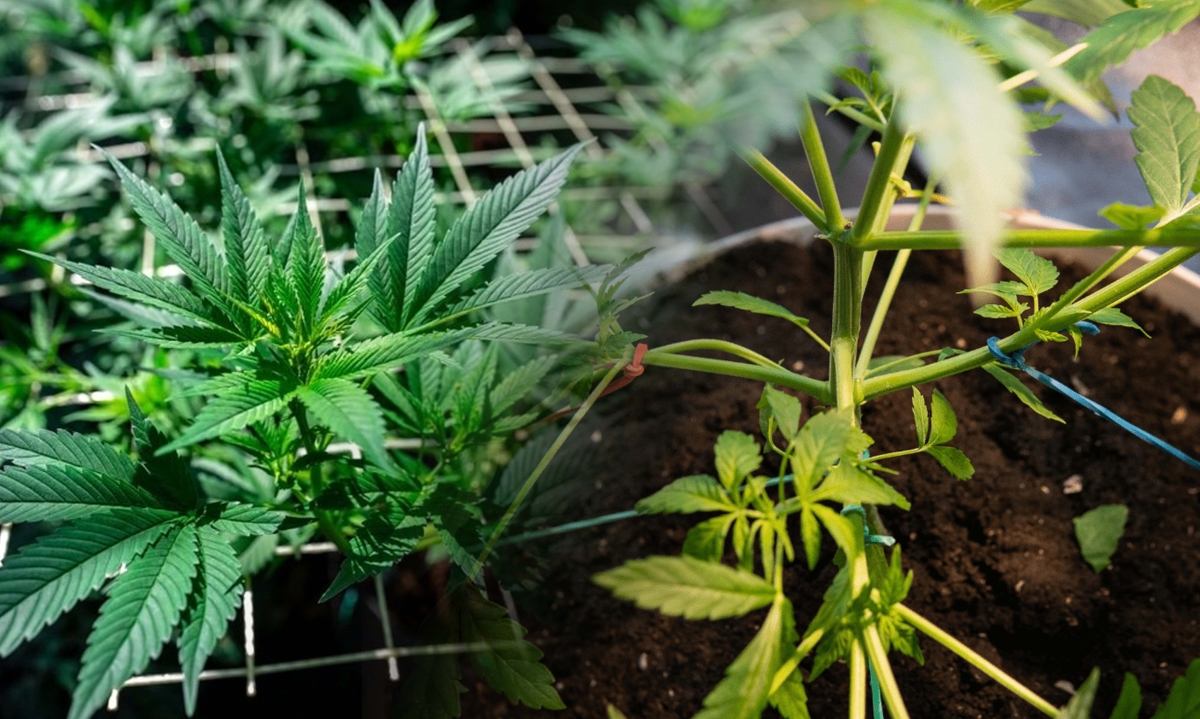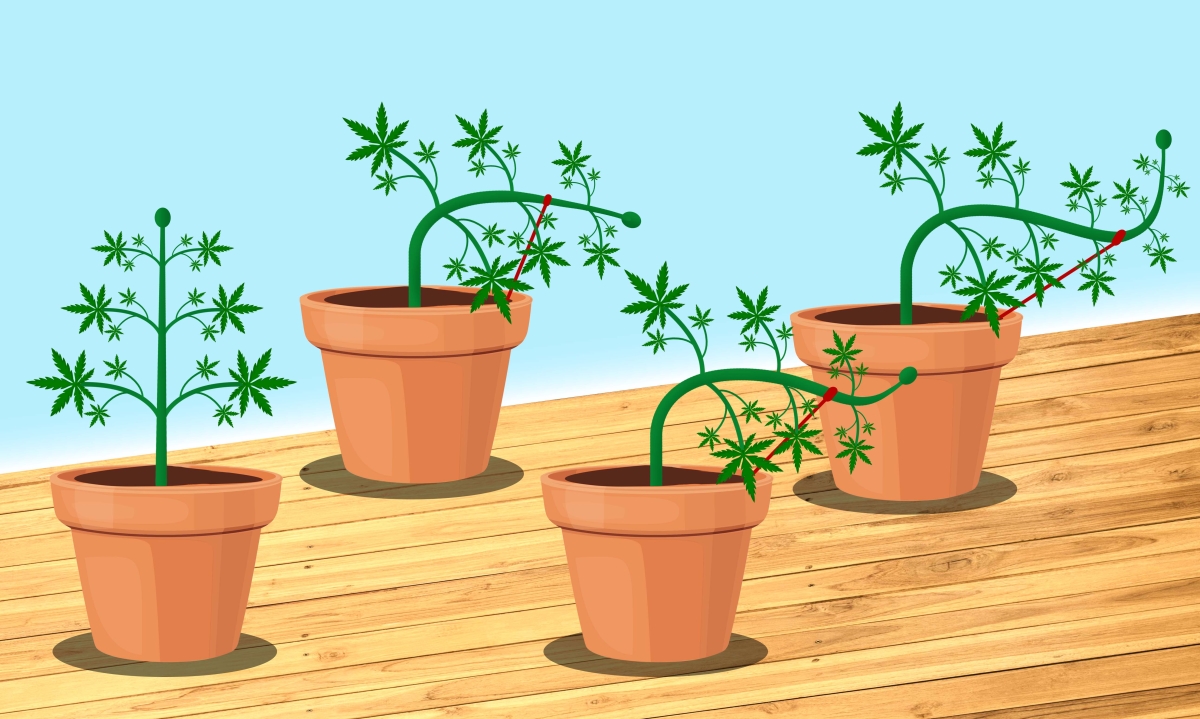Low Stress Training (LST) is a popular technique used by cannabis cultivators to maximize yields, improve light penetration, and enhance overall plant health. This method involves gently manipulating the plant’s growth by bending and securing branches, without causing damage or stress. Here’s an in-depth exploration of LST, its benefits, and techniques.
Table Of Contents
What Is Low Stress Training?
Benefits of Low Stress Training
Popular Low Stress Training Techniques
How To LST Cannabis Plants, A Step-by-Step Guide to Low Stress Training
Low Stress Training Vs High Stress Training
Is Low Stress Training worth it?
Conclusion
Frequently Asked Questions
What Is Low Stress Training?
Low Stress Training (LST) is a popular cultivation technique used by cannabis growers to maximize yields, improve canopy coverage, and promote even bud development. This method involves gently bending and manipulating the plant’s branches to encourage lateral growth and increase light exposure to lower bud sites.
LST training differs from high-stress training techniques like topping or pruning, as it involves minimal stress to the plant. By gently bending and securing branches using soft ties or plant clips, growers can manipulate the plant’s natural growth pattern without causing damage.
Benefits of Low Stress Training
- Increased Light Penetration: LST helps redistribute light evenly across the canopy, ensuring that all parts of the plant receive adequate light for photosynthesis.
- Improved Air Circulation: By opening up the canopy, LST allows for better airflow, reducing the risk of mold and mildew formation.
- Maximized Yield Potential: By encouraging lateral growth and creating multiple budding sites, LST can significantly increase the overall yield of cannabis plants.
Popular Low Stress Training Techniques
- Bending and Securing
This basic LST technique involves gently bending the plant’s branches and securing them in place using soft ties or plant clips. This encourages lateral growth and opens up the canopy for better light penetration. - Screen of Green (ScROG)
ScROG involves using a screen or trellis to train the plant’s branches horizontally, creating an even canopy and maximizing light exposure to lower bud sites. - Main-Lining
Main-lining is a more advanced LST technique that involves pruning the plant’s main stem and encouraging the growth of multiple main colas, resulting in a symmetrical and highly productive canopy.
How To LST Cannabis Plants, A Step-by-Step Guide to Low Stress Training
Choose the Right Time: Start LST during the vegetative stage when the plants are still flexible and actively growing.
- Identify Main Stem and Branches
Locate the main stem and identify secondary branches that can be trained to grow horizontally. - Bend and Secure
Gently bend the branches down and away from the center of the plant, being careful not to damage the stem. Use soft ties or plant training clips to secure the branches in place without constricting growth. - Monitor and Adjust
Regularly check the plants to ensure the ties are not too tight and adjust as needed to accommodate growth. - Continue Training
As the plants grow, continue to train new branches to maintain an even canopy and maximize light penetration.
Low Stress Training Vs High Stress Training
Low Stress Training (LST) and High Stress Training (HST) are two distinct techniques used by cannabis growers to manipulate plant growth and increase yields. LST growing involves gently bending and securing branches to encourage horizontal growth, maximizing light exposure and promoting even canopy development. This method minimizes stress on the plant and can be implemented throughout the vegetative stage without causing permanent damage.
By eliminating or seriously harming large sections of the plant’s leaves or stems, High-Stress Technique procedures like topping, pruning, or defoliation, on the other hand, include more severe measures that momentarily stress the plant. HST requires careful scheduling and may cause the plant to require longer recuperation times, even though it can lead to rapid growth and enhanced branching. Both LST and HST have benefits and cons, and growers often select methods according to their growing objectives, level of experience, and the particular requirements of their plants.
Is Low Stress Training worth it?
Yes, low stress training (LST) is worth it for cannabis growers seeking to maximize yields and quality. By gently manipulating plant growth, LST encourages lateral branching, creating an even canopy that allows for optimal light penetration and air circulation. This technique promotes multiple colas, leading to higher yields per plant. Additionally, LST minimizes stress on the plant compared to high-stress techniques like topping or pruning, resulting in healthier, more resilient plants. Overall, LST is a valuable method that can significantly improve the productivity and quality of cannabis crops with relatively low effort and risk.
Conclusion
Low Stress Training (LST) is a valuable technique for cannabis growers looking to maximize yields and improve overall plant health. By understanding the principles of LST and implementing appropriate techniques, growers can achieve impressive results and cultivate healthy, productive cannabis plants. With careful planning and attention to detail, growers can master LST and achieve impressive results in their cannabis gardens.
Frequently Asked Questions
1. How does LST benefit cannabis plants?
LST helps cannabis plants by improving light distribution, allowing for more efficient photosynthesis and even bud development. It also promotes better air circulation, reducing the risk of mold or mildew. Additionally, LST encourages the growth of multiple colas, leading to higher yields per plant.
2. When should I start LST on my cannabis plants?
LST is typically done during the vegetative stage when plants are still flexible and growing. Starting LST early allows for better manipulation of branch growth and helps establish an even canopy before flowering begins.
3. Is LST suitable for all cannabis strains?
Yes, LST can be applied to most cannabis strains, although some may respond better than others. Indica-dominant strains tend to have denser foliage and may require more frequent training to maintain an even canopy compared to sativa-dominant or hybrid strains.
4. Can LST be combined with other training techniques?
Yes, LST can be combined with other training techniques such as topping, pruning, or scrogging to further enhance plant growth and maximize yields. However, it’s essential to understand the effects of each technique and apply them to avoid over-stressing the plants.
5. What is better topping or LST?
Both topping and LST are effective techniques for increasing yields and controlling plant growth. Topping involves removing the main stem’s tip to promote lateral branching, while LST gently bends and secures branches to create an even canopy. The choice depends on grower preference, plant structure, and cultivation goals.






